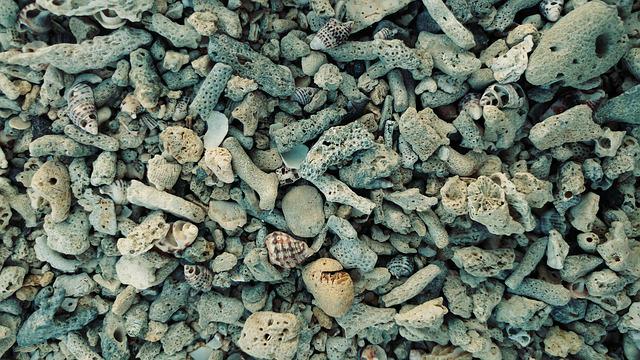Calcium is used by all salt-water organisms. Some animals use much more than others do; in fact, to some animals, calcium is one of the major components of the diet. Therefore certain types of salt water systems require more attention to the calcium levels. In all salt-water aquariums, calcium must added to replenish the amount consumed by organisms or removed by protein skimming. Calcium monitoring is especially important in reef tanks where a large number of hard or “stony” corals, clams or invertebrates are present. This is due to the fact that these animals use calcium to build their skeletons. In addition, coraline algae also consume calcium. This form of algae is present in all salt water systems, so calcium must be monitored regardless of the type of ecosystem.
Below, we will try to describe the various methods available for monitoring your calcium levels. Of course this is not an exhaustive list, but it is merely a guide for the most common methods for the novice. Talk to a Fintastic employee to determine what is best for you.
Calcium exists in the ocean as the ion Ca2+. This ion is very soluble in water; meaning lots of calcium can be dissolved. For example, in the oceans of the coral reefs, calcium exists at about 400 PPM (mg/Liter of seawater).
When stony corals grow, they consume calcium by the following reaction.
Ca2+ + CO3 -2 → CaCO3

As you can see, the calcium is consumed during this reaction. If calcium is not added to your system, the reaction will slow down, as the calcium becomes depleted. (Notice the other ingredient in the reaction is CO3 -2 . This is the carbonate ion, and we will discuss this compound in the alkalinity lesson).
You can replace the calcium with four methods.
1) Water changes. Obviously, this is the least efficient method for controlling calcium, but it does work. In a thriving reef aquarium, calcium must be monitored daily; therefore; weekly water changes will not be sufficient for this type of tank. For a “soft coral” or “fish only” tank, water changes should be sufficient to maintain calcium.
2) Another method is the addition of Calcium chloride solution. These are the calcium solutions advertised by Kent Marine, SeaChem, etc. Calcium chloride is very soluble in water; therefore, it is very easy to add vast amounts of calcium quickly. However, the disadvantage is that adding calcium chloride also adds chloride. If too much chloride is added, the balance of the total system chloride level will be thrown off which can first appear as an abnormally high salinity reading via a hydrometer when the actual salinity may be low.
3) The third and best manual method is “Kalkwasser” addition. Although very effective, Kalkwasser demands attention to safety, and the mixture can be dangerous to you and your tank. Kalkwasser is simply Ca (OH) 2 dissolved in water (or commonly known as “lime”). Kalkwasser must be prepared before use (within 24 hours) and allowed to settle so that the clear “Lime” water is only added to the aquarium. Kalkwasser must be added very slowly, usually with a drip system or electronic doser. If the solution is added to quickly, then the pH of the system will be sharply increased. A sharp rise in pH will wipe out an entire tank. Speak with a Fintastic employee before engaging in the use of Kalkwasser. Note that mixed Kalkwasser will react with the oxygen in the air we breath and render it useless if allowed to sit out in the open. You must only mix the amount you will use within the 24 hour period to maintain the highest concentration of calcium in the Kalkwasser.
4) Calcium Reactors – This is absolutely the best way to add calcium to your aquarium. The calcium reactor utilizes CO2 to drop the pH of the water circulating within the reactor to 6.5 – 6.2 pH. At this pH, the calcium carbonate material in the reactor will gradually dissolve into the circulating water in the reactor. This will literally raise the carbonate hardness of the water in the reactor to 35-45 DKH. The reactor affluent is then dripped back into the aquarium giving a continual supply of calcium and alkalinity plus trace elements to the system. The single most negative to a calcium reactor is the initial investment into the system. A basic system begins at $850 with the more advanced systems reaching $2,000.
